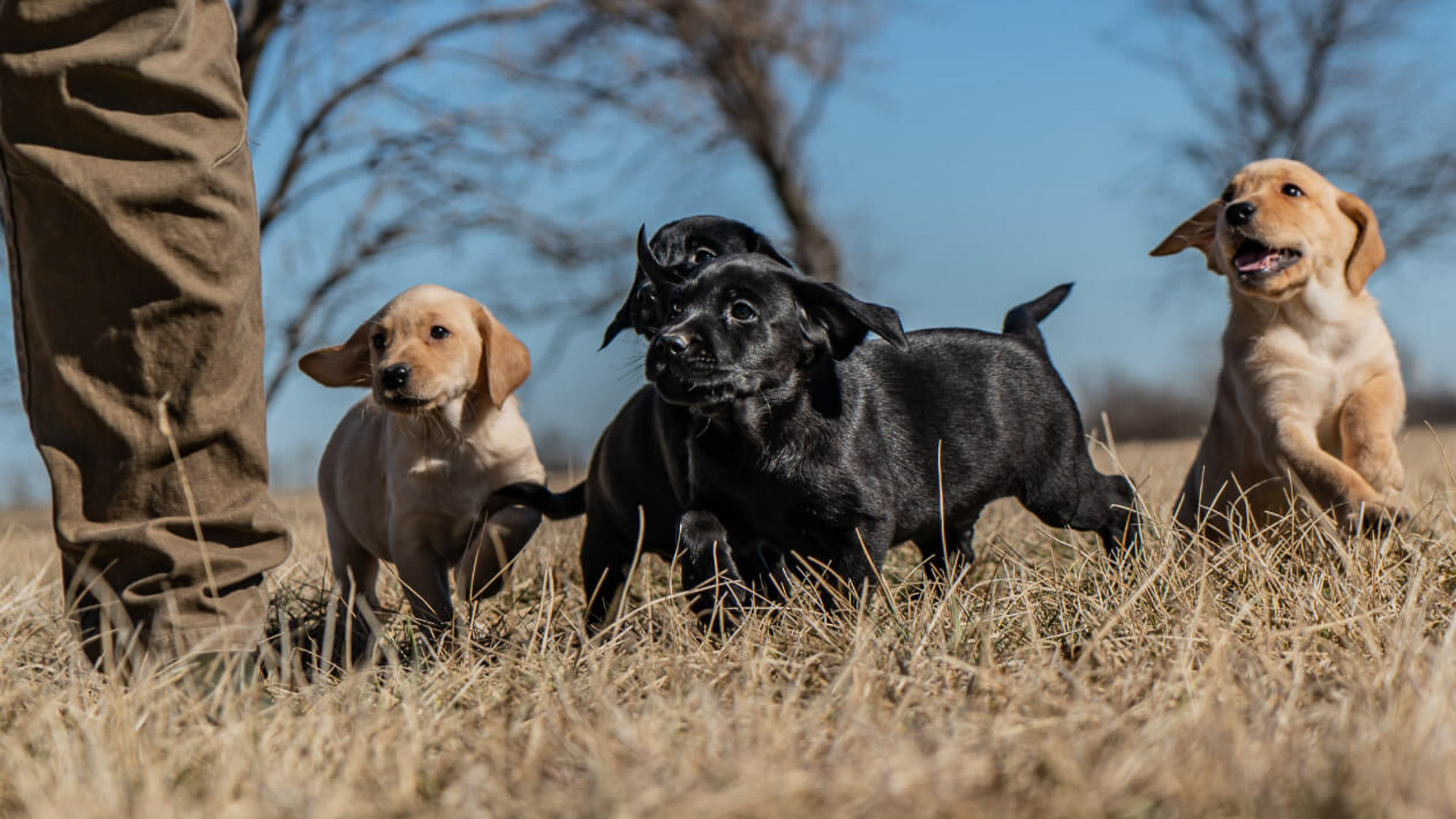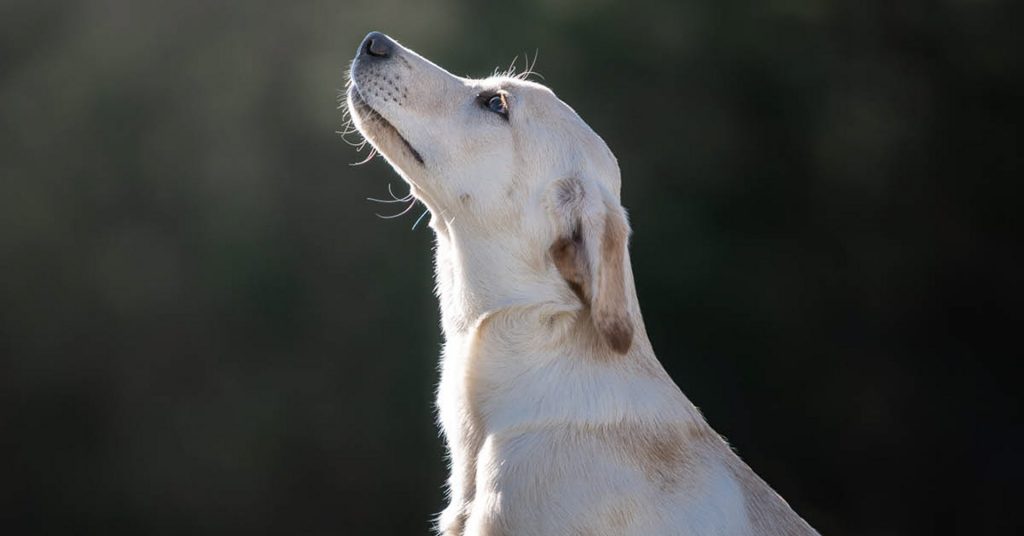
“Happiness is a warm puppy,” said Charles Schulz, the creator of the Peanuts comic strip. That’s because puppies hit a soft spot in our heart. But that puppy phase goes by quickly, so if you want an adult dog that’s a good citizen then it’s best to start training when he’s young. Here are some tips for training your new puppy.
Engage Their Brains
A puppy’s mind is highly active at a very young age. According to Russ Kelley, the Scientific Services Nutritionist at Eukanuba’s™ Pet Health and Nutrition Center, “a puppy’s brain is almost fully developed by the time he’s 16-weeks old.1 A puppy’s body may take a year or more to fully mature, but his nervous system grows incredibly fast during the first few months. Use those first eight months to work on socialization and training because that’s the time when a puppy’s mind is most receptive to learning and retention. Save the aggressive running and conditioning for later on when his body is fully grown.”
Socialize Puppies to the World
The term ‘socialization’ refers to introducing a puppy to all the things he’ll encounter in his life. Puppies that are properly socialized are more likely to be calm, confident, and relaxed. Keep things fun, positive, and upbeat.
Meet & Greet: People
Introduce your puppy to lots of different people from the start. Puppies are curious, and they’ll want to sniff folks, walk around them, and just get acquainted. The more familiar they are with people of all ages the better adjusted they’ll be later on in life.
Meet & Greet: Other Animals
Most puppies like to be around other animals. But some mature animals, especially adult dogs, may take a while to warm up to a puppy’s energy and enthusiasm. Take time to make introductions to other animals and focus on keeping it a positive experience. Short, regular, and supervised introductions help puppies become relaxed and confident around other animals while ensuring that everyone gets along.
Meet & Greet: The Environment
All puppies should be introduced to the natural world, especially if you are going to do outside activities with them. Start slowly and let them explore the grass or shrubs in an outside, fenced-in area. Walk around with them so they learn to stay by your side. After they’re comfortable walking around with you then take them for longer walks in a natural area.

Life Lessons
There are certain things that you’ll need to do throughout a puppy’s life. Grooming, nail clipping, vet visits, baths, and riding in a vehicle are some that are at the top of the list. Puppies don’t know what’s going on, so pet them, talk with them in a calm voice, and reassure them that the activity is ok.
Puppies that will spend some of their time in a crate should be introduced to it slowly. Open the door to the crate, let the puppy walk in and check it out, and when he does, give him a treat. He’ll see the crate as a safe place and will willingly load up when asked.
The same applies to introducing him to water. Fill up a kiddie pool in the backyard and let him get in, splash around, and get out. After he’s comfortable, take him to a small, shallow pond that doesn’t have a lot of obstacles. The more of these activities your puppy does at a young age the more comfortable he will be doing them as an adult.
Basic Training
When it comes to training, start early and keep it simple. Avoid overcommunicating with your pup; the more chatter and calling and talking the less your puppy will listen. Be patient and let your puppy figure things out on his own. Short sessions that are fun are ideal.
Initial commands of come, sit, stay, and heel are most easily taught when puppies are young. Keep the command simple and consistent, and make sure everyone in your family uses the same commands. If one person says ‘come’ and the second says ‘come here’ and the third says ‘come over here’ and so on, the puppy doesn’t know what to do. He’s likely not being disobedient but instead just doesn’t understand. It’s also helpful for puppies to follow commands given from people outside the primary handler. Vary up training sessions with different people and you’ll have an obedient pup that is a joy to be around.
Robert Milner, the owner of Duckhill Kennels in Somerville, Tennessee, has been training Labrador retrievers since 1972. He’s been a fan of short, focused sessions for decades. “Keep lessons very short,” Milner says. “Focus on one command at a time and stay with it until the dog shows mastery. Once the dog has proven he has learned the lesson, move on to other commands.”
Milner has observed that long sessions conducted every day can cause a puppy to lose focus. “Dogs associate those kinds of long sessions as work,” says Milner. “They get bored and stop paying attention. Be positive, short, and direct, and above all, make the training fun. Use a lot of praise when they do things right. That kind of praise can be a training treat, a pat, or a kind word. A lot of new owners get stressed if their puppy doesn’t learn a command quickly, so be patient. Reward good behavior, and correct poor behavior. There is no need to scream or yell, that just makes puppies scared or nervous. When they’re scared or nervous they don’t follow commands.”
The only bad thing about puppies is that they grow up so darn fast. That first year is critical to their development. Regular training sets them up for success and helps them become confident adults.





